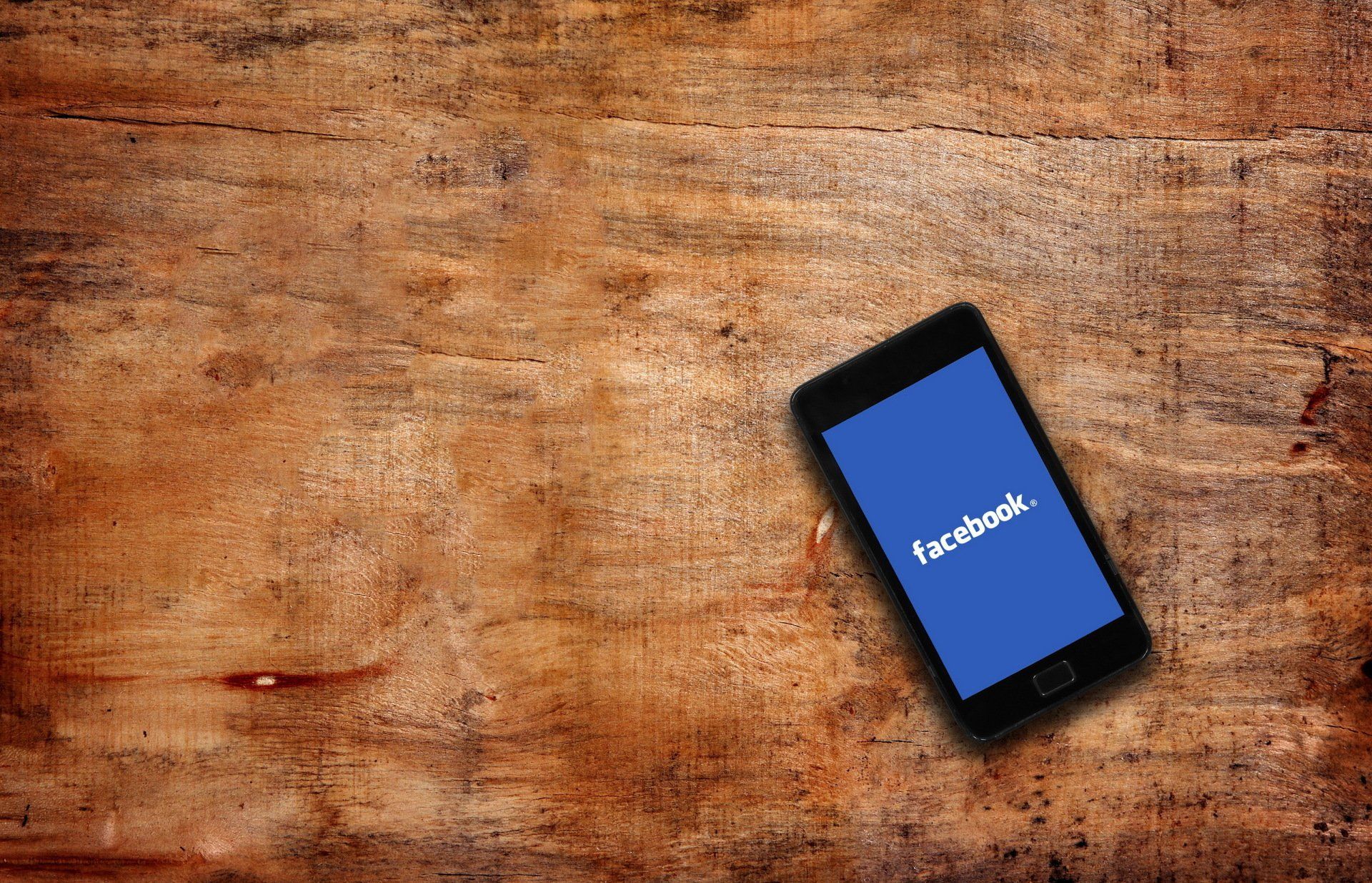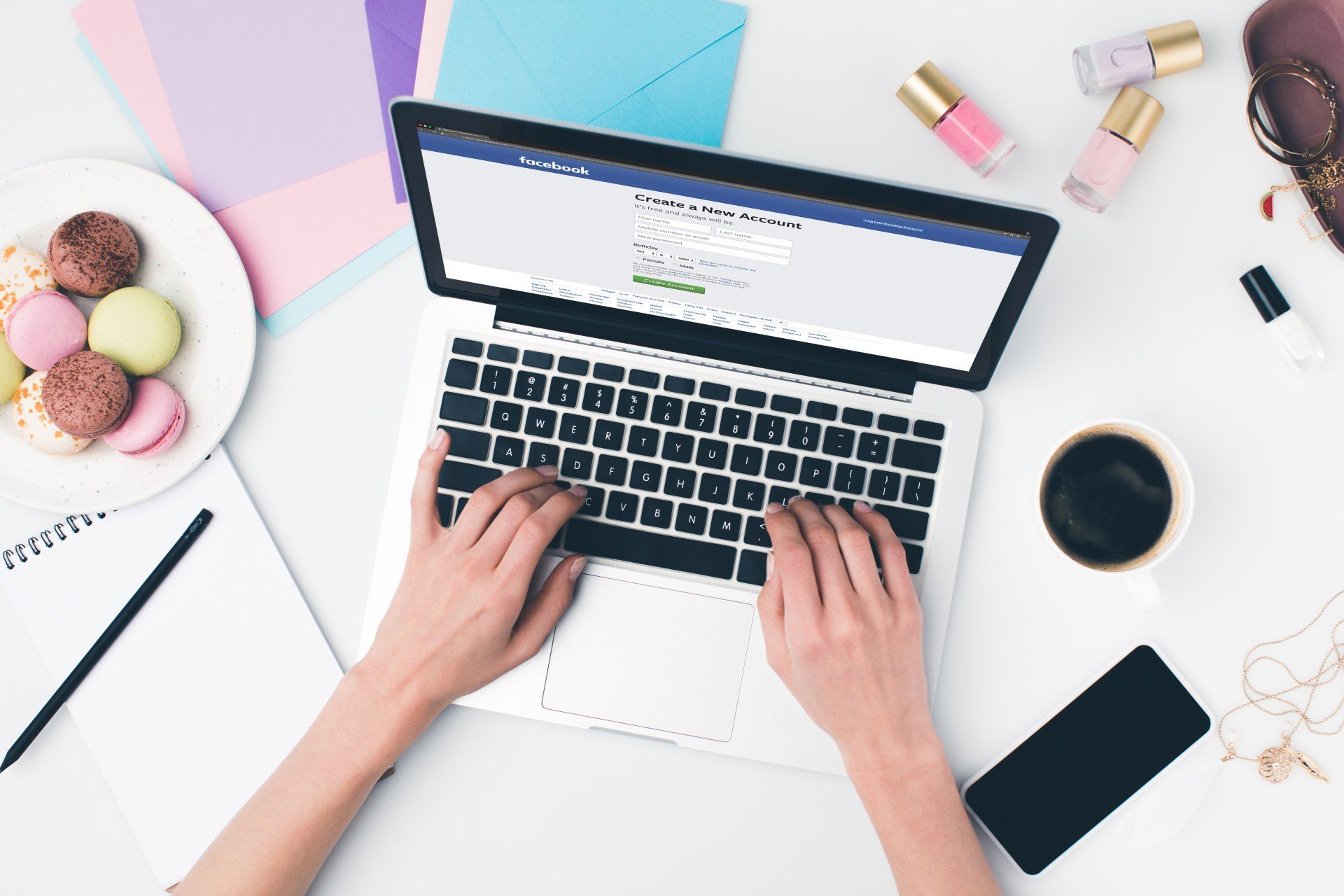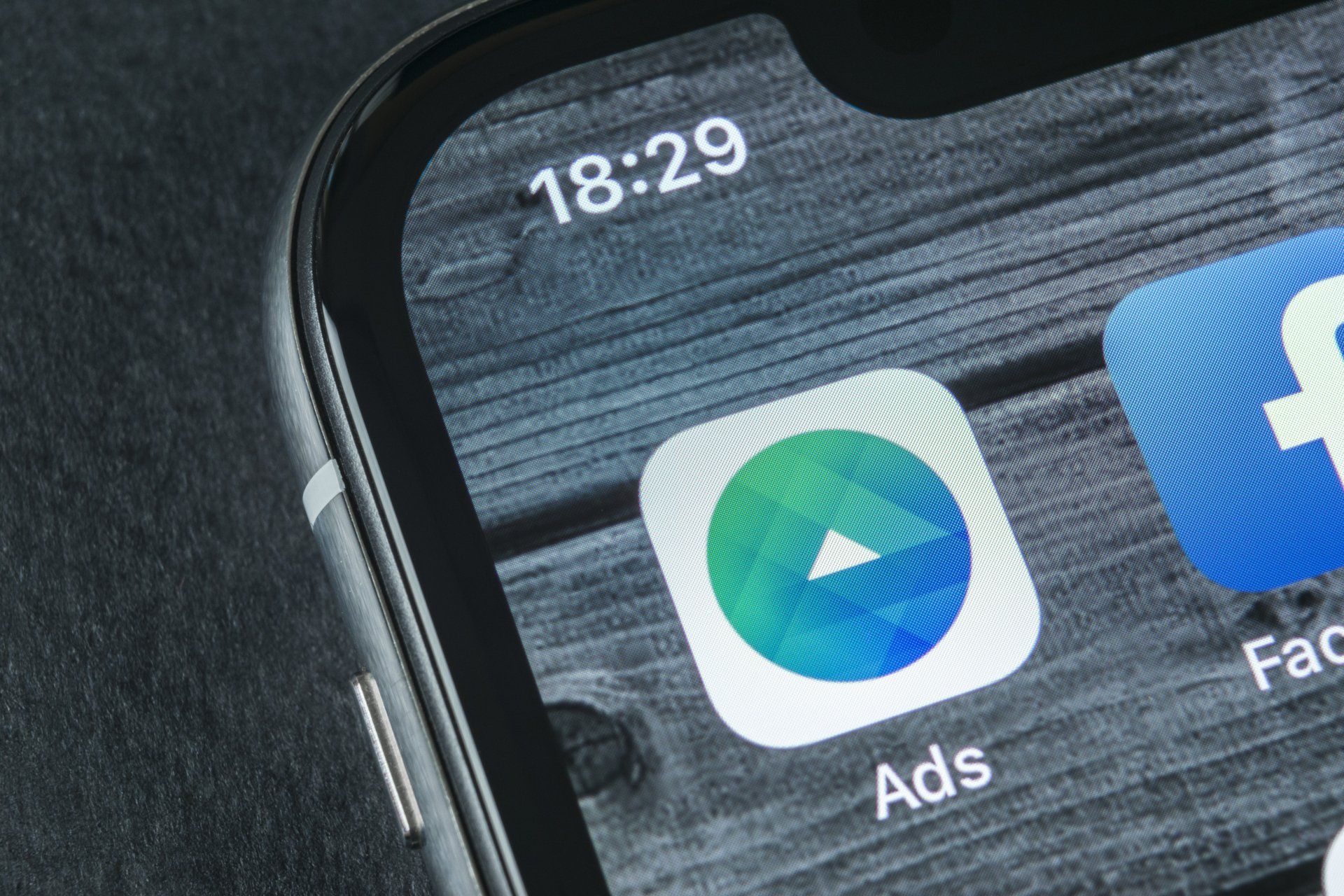Facebook ads vs boosted posts: Which is best?
When it comes to reaching new audiences through advertising, Facebook offers two options – Facebook ads and boosted posts.
Many businesses who say they use advertising on Facebook actually only use the boosted post option and are missing out on the full capacity of Facebook ads. They may be unaware of the capabilities and range of choices available through Facebook ads and simply opt for boosting posts because it is quicker and more convenient.
So what is the difference between Facebook ads and boosted posts, and what are the advantages and disadvantages of them?

What is a boosted post?
What is the difference between a boosted post and an ad?
There are many differences between boosted posts and Facebook ads and we will talk in much more depth about Facebook ads later on. But a really fundamental difference is that boosted posts are one-offs – a single thing that you want to promote now – whereas Facebook ads are campaigns. Facebook ads are designed to be ongoing and are much more effective when used in that way, rather than as a single, short-term ad to promote one thing.
With Facebook ads, you get better targeting, better reporting and better analytics. They are much easier to keep track of through Facebook Ads Manager and are working towards a much bigger aim as part of an overall strategy.
Facebook ads should be used to drive traffic to your website and increase sales. Boosted posts can be more effective in increasing awareness for something like a single event. Boosted posts can drive engagement, but that isn’t necessarily going to increase sales. Facebook ads drive more leads and give a much better return on investment, as you are targeting a carefully selected audience.
Why you should choose Facebook ads over boosted posts
In most cases, Facebook ads will be more effective for your business than boosted posts. Here are the main reasons why…
Ads have more objectives than boosted posts
An objective in Facebook ads is the reason why you are running the advertising campaign – it specifies what action you would like your audience to take. By choosing certain objectives over others, you are spending your advertising cash wisely to reach an audience which is more likely to be interested in your products or services.
Facebook ads offer 11 objectives to choose from. They are:
- Brand awareness – introduce your brand to a new audience
- Reach – get your ad seen by as many people as possible
- Engagement – reach a wide audience to increase your engagements or likes on Facebook
- Traffic – drive visitors to a particular web page
- Video views – get more people watching your videos
- App installs – encourage people to install your app
- Lead generation – encourage new people into your sales funnel
- Conversions – encourage specific actions on your website, including sales or signing up for subscriptions
- Messages – get people to contact your business through Facebook Messenger
- Catalogue sales – link your ads to the product pages for the items people are most likely to buy
- Store traffic – increase footfall to your bricks and mortar shop
By contrast, boosted posts have just two objectives – website visits and engagement.
More placement options
Facebook ads gives you far more options of exactly where to place your ads than you get with boosted posts. You have the choice of Facebook, Instagram, Audience Network (external websites) and Messenger. Within each of those placements there is a further range of choices. For example, for Facebook itself you can choose from: News Feeds; Stories; Instant Articles; In-stream videos; Suggested videos; Right column; and Marketplace.
This means you can select the perfect placement for the audience you are trying to target – for instance, you are more likely to find the younger generation on Instagram Stories and the older generation on Facebook News Feeds.
Make sure you take the time to select the placements yourself, rather than relying on Facebook’s own Automatic Placement option. Using Automatic Placement could lead to a higher proportion of ads on external sites through Audience Network placements. While these may generate clicks, they are less likely to lead to conversions and sales. From Facebook’s point of view, an ad which achieves lots of clicks is ‘successful’, but for a business a successful ad is one which leads to more conversions and sales. Advertising through Facebook itself (or Instagram) may generate less clicks, but more sales, so make sure you choose your placements wisely!
You can target custom audiences with Facebook ads
With Facebook ads, you have more options for customisation, to create an audience which is likely to be interested in your products and services.
The three options for creating your audience are: lookalike audience; custom audience; and saved audience.
- Lookalike audience – this allows you to reach a new audience which shares similarities with the audience which is already interested in your business. You can create your lookalike audience based on people who like your page, custom audiences you have already created or conversion pixels (which track audience behaviours on your site, such as the pages they looked at, items they put in their baskets etc).
- Custom audience – you can create an audience of people who have already shown an interest in your company through website traffic, engagement on Facebook or Instagram, uploading a customer file, app activity and even offline activity. This allows your business to retarget an audience which is more likely to go ahead with a purchase.
- Saved audience - if you have already run a number of campaigns on Facebook ads and targeted similar groups of people, you can save these frequently-used targeting options to make creating future campaigns quicker and easier.
Testing to maximise your spend
It is unlikely you will get your advertising spot-on the first time around. That’s why it is so important to keep testing your ads. Facebook ads give you the ability to A/B test (run slightly different versions of the same advert) your ads. This means you can see which works best and invest your budget in the most effective version.
You also have a number of options available for your testing:
- Placements
- Creative
- Delivery optimisation strategies
- Audiences
With so many options to choose from, the chances of you continuously losing money through your adverts is greatly reduced.
Boosted posts don’t give you all of these options, as the post is already on your timeline organically. If you boosted your post, but either your audience, creative, delivery strategies or placements were wrong, you will have wasted money on the post and gained nothing from it.
Facebook ads have more creative options
For Facebook ads to grab attention and encourage potential customers to take action, they need to stand out. Which is why Facebook ads have a whole range of creative options to meet the needs of a large variety of audiences. By contrast, the boosted post options are limited to single image or video posts.
Facebook ads offers this range of formats:
Single image ads - Simple image ads are a great way to get started with Facebook advertising. You can create one very quickly, simply by boosting an existing organic post from your company’s Facebook Page. (And if your company doesn’t have a Facebook Page, you need to set one up!)
While image ads might be simple, they don’t have to be boring if you use the right images. Look for a strong photo or graphic which really conveys your brand or your product – make it fun, colourful and hard to ignore!
Carousel ads - Carousel ads use as many as 10 images or videos to highlight your service or product. You can use them to look in-depth at the benefits of a single product, to promote a number of different products or even to piece the pictures together into a large panoramic image.
Video ads - Video ads can appear in your audience’s News Feed or Stories or as an advert during longer Facebook videos. Be imaginative with your videos to make sure you are using them in the most effective way. Can you show your product in action so your audience really gets a feel for it?
If you don’t have the time or the budget to film a full video, you can use simple animations or GIF-like graphics for your video ads.
If a prospective customer sees your video in their feed, it will also tell them how many of their friends already like your business. If several of their friends like what you do, they are more likely to be interested in your company and what you have to offer.
Collection ads - Collection ads are for mobile devices only. They allow you to showcase five different products and, importantly, allow customers to click to buy.
They are formatted in a way which has a single ‘hero’ image or video and four products below that one.
Slideshow ads - Slideshow ads are an easy way to create short videos from your existing or new content – including a collection of still photos, text or video clips. If you don’t have your own suitable images, you can use stock photos from Ads Manager.
The advantage of slideshow ads is that they use five times less bandwidth than video, but still have the eye-catching motion. They are a great way to grab people’s attention when they are on the go or have slow internet connections.
You should choose the ad format which closely aligns with your advertising objectives:
- Single image – all objectives apart from video views
- Carousel – all objectives except video views and engagement
- Video – all objectives apart from catalogue sales
- Collection – conversions, traffic, store traffic and catalogue sales
- Slideshow – all objectives
Controlling your budget and scheduling
With Facebook ads, you can choose a lifetime or daily budget and choose when you want to schedule your ads, to ensure they reach as much of your target audience as possible. This means you can maximise your spend to give you the best return on investment.
If you were running an advertising campaign for an early evening drinks offer for a bar, you might choose to schedule the ads between 2pm and 5pm, so that people are made aware of the offer and can choose to use it that same evening.
Boosted posts only allow you to set a lifetime budget and a duration of days you would like the post to appear. You have no control over the specific time of day or days of the week when your posts are shown.
A daily budget on Facebook ads means you can stop running the ads when they are no longer performing as you would like them to. Facebook will also optimise your daily spend depending on how well your advert is performing. If you have a daily budget of £25, some days you may spend £30 and other days only £15, but it will average out at no more than £25 per day.
You can add a CTA to your Facebook ads
Facebook gives you the opportunity to add a call to action (CTA) to your ads. This makes it easier for your potential customers to take the next step you want them to take – whether that is to make a purchase, sign up for a subscription, donate to charity, ask for more information or something else.
Without a CTA, a potential customer might be confused by what their next action should be or how they should take it, which in turns means you risk losing a conversion.
Facebook offers 16 different CTAs to choose from, so there is something to meet every objective. Combining your objective with a CTA will increase the chances of a potential customer converting and give you a better return on your advertising spend.
Is there ever a right time for boosted posts?
Without a doubt, Facebook ads are more effective than boosted posts, especially if your aim is to drive potential customers to your website. But for a very small business, or one which is just starting out, boosted posts are good for brand awareness. For businesses like these, we understand that investing the time to get your Facebook ads off the ground may seem like a big commitment.
If that is the case, there is still a place for boosted posts. They can be effective for a very local business which has special offers running or new products to promote. If you have a bricks and mortar store, a boosted post can drive footfall to your store. But the vast majority of people who see your boosted posts will be people who already like your page. So you are increasing the reach to your organic fans, rather than attracting new ones.
In addition, if you are on a tight budget and just starting out, boosted posts are a good way to test the waters before starting work on a full advertising campaign.
Boosted posts can increase likes, shares and comments on a particular post, but that is unlikely to lead to any noticeable increase in sales. With the huge capabilities available through Facebook ads – from scheduling and budgeting options, through to clear objectives, a range of placement options and custom options – Facebooks ads are so much more effective in increasing leads, conversions and sales.
More Posts.










